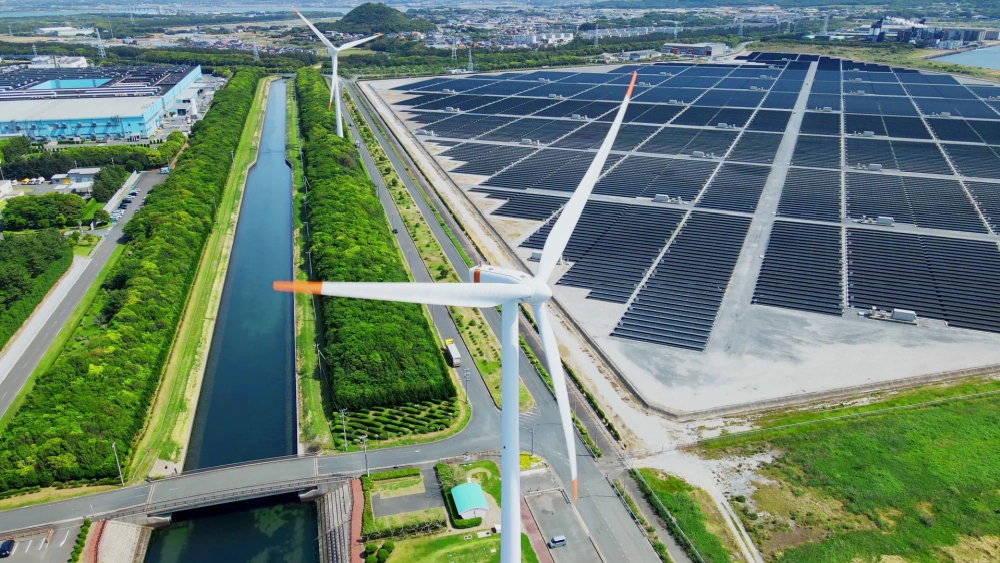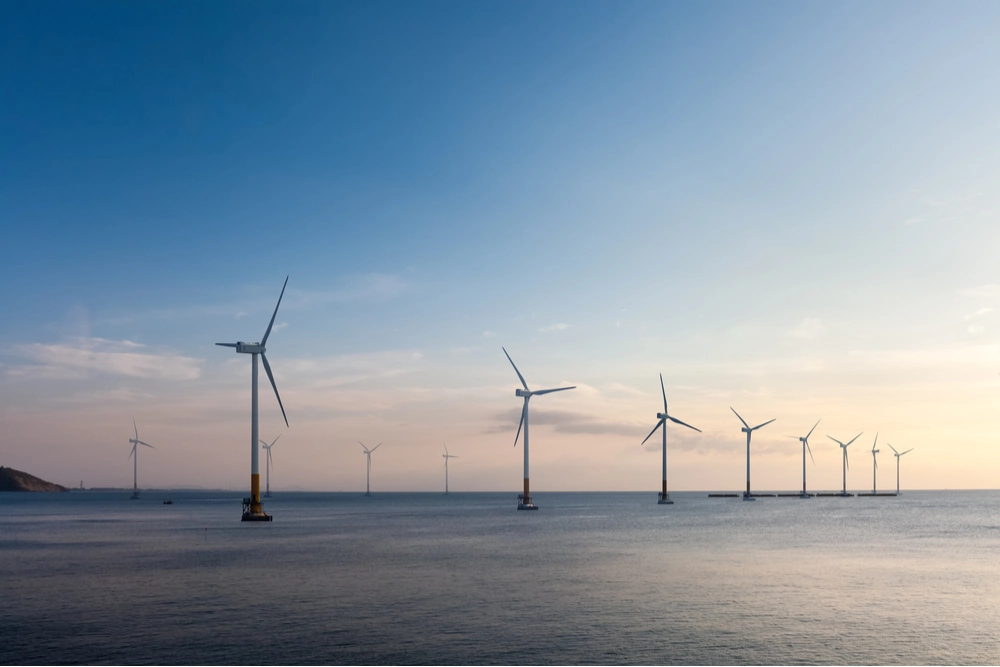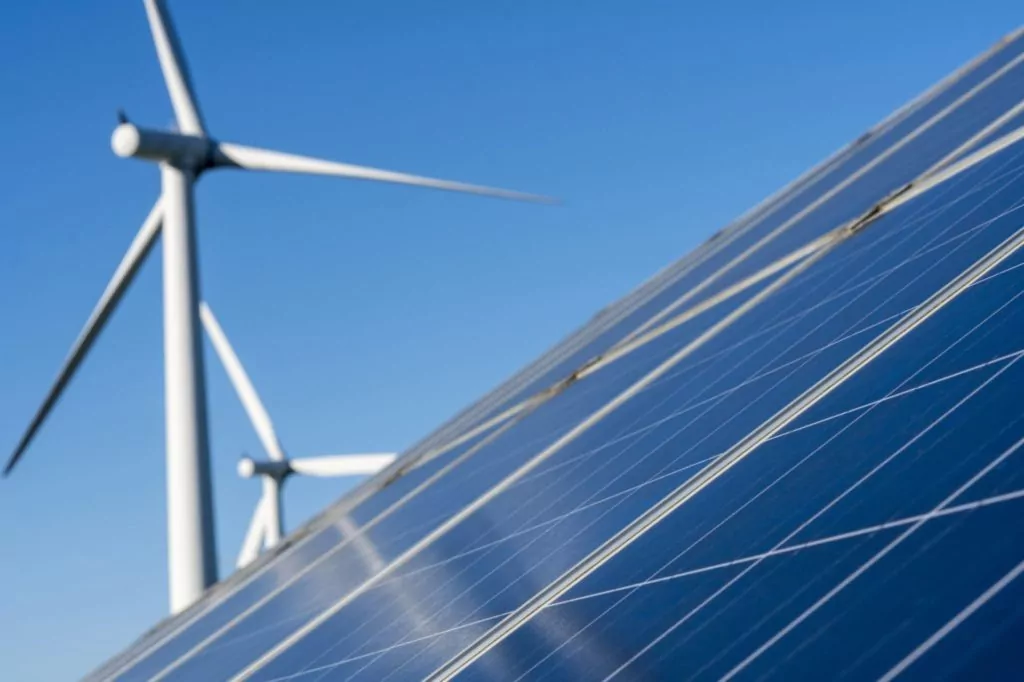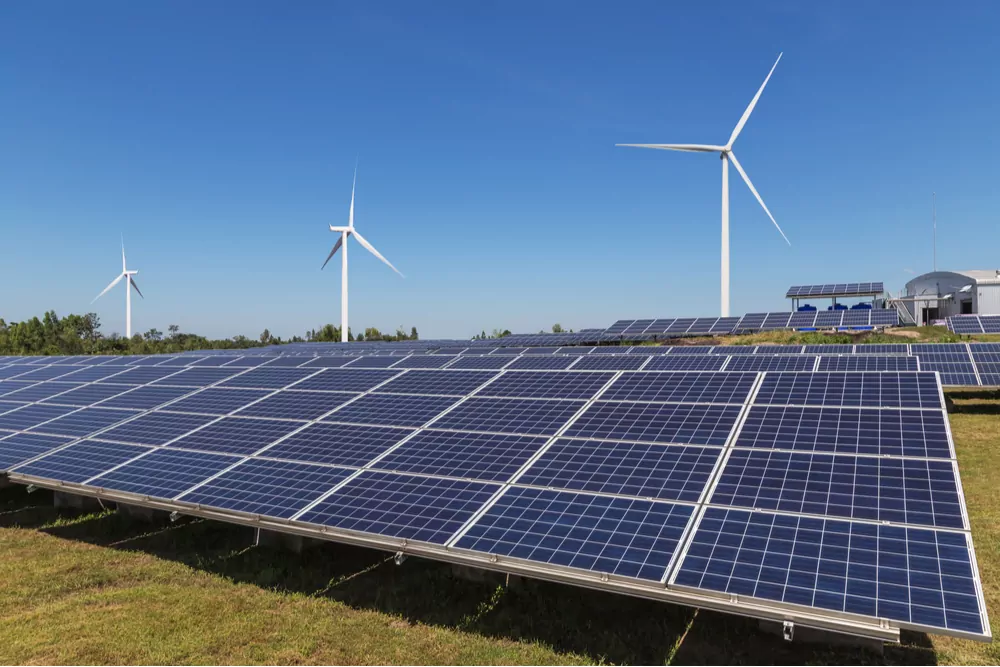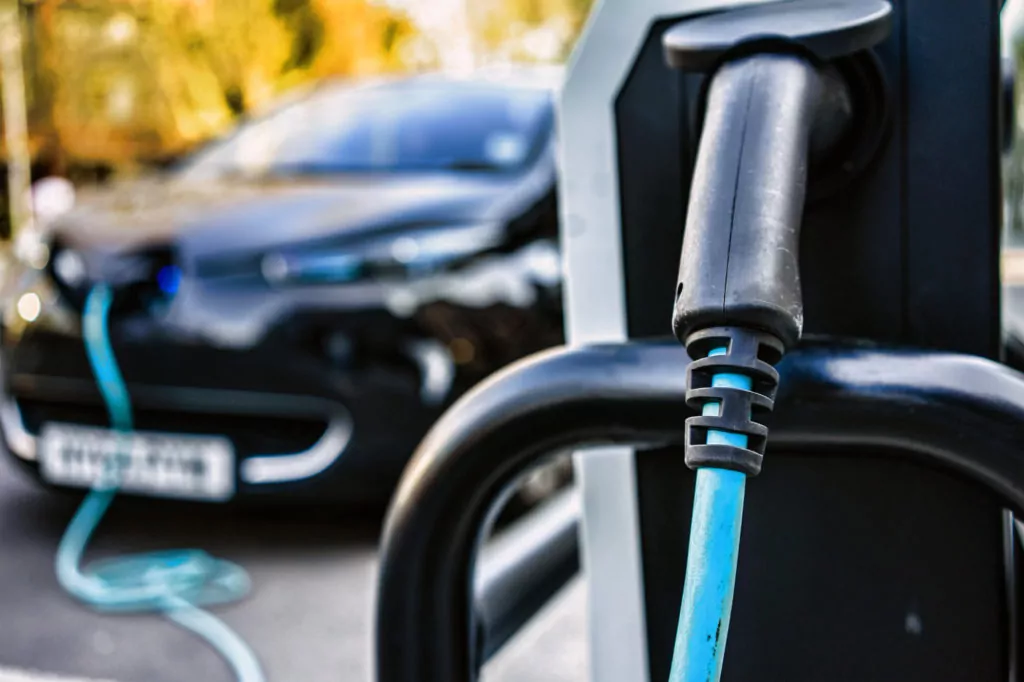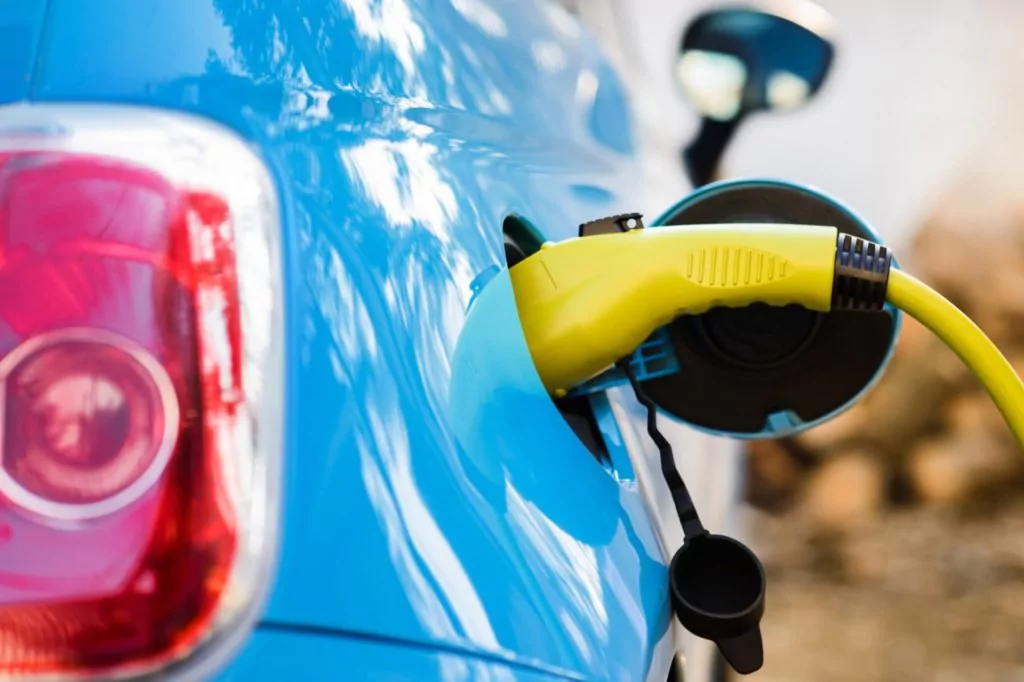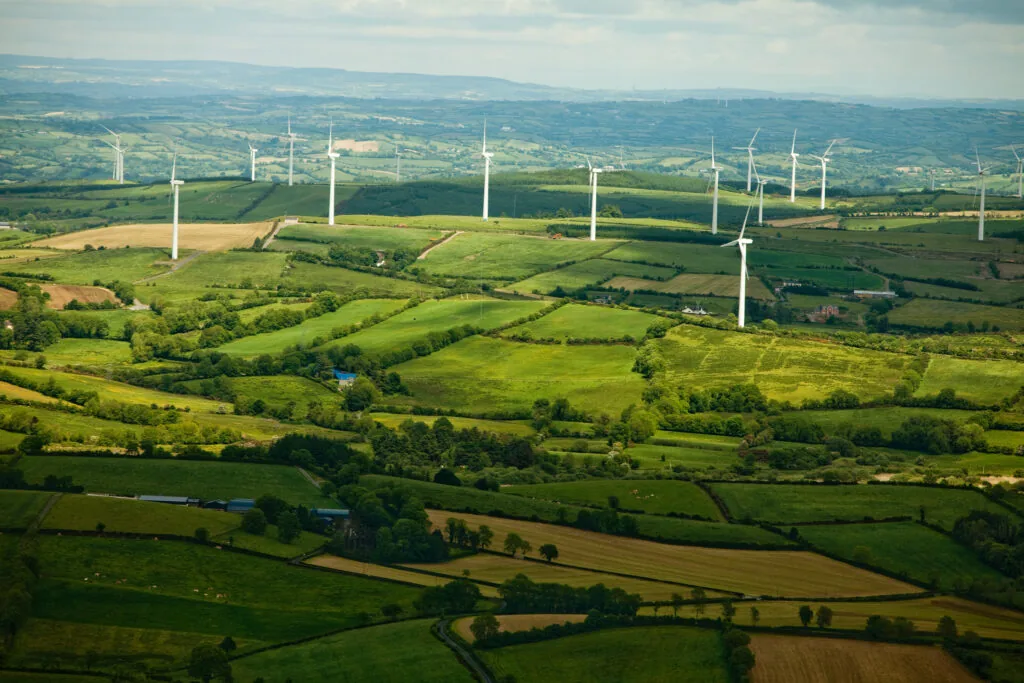
All things hydrogen: an update from the Government

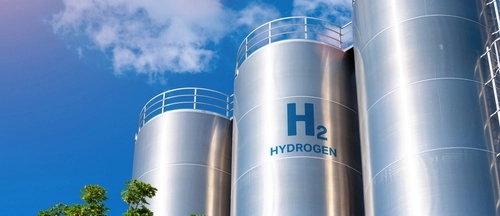
On 13 December 2022 the Government published its second Hydrogen Strategy update (the first one was published in July 2022). In this latest update the Government was keen to showcase the progress that has been made in the past five months across the whole hydrogen value chain (from production, to storage, distribution and supply).
A commitment to publish a revised Low Carbon Hydrogen Standard (“LCHS”) early in 2023. The LCHS is used by producers wishing to apply for support under either the Net Zero Hydrogen Fund or the Low Carbon Hydrogen Production Business Model (“HPBM”).
An update on the First Electrolytic hydrogen allocation round update, with the Government confirming that it received 41 applications and that it intends to publish a list of the shortlisted projects in Q1 2023. The next allocation round is expected in Q2 2023.
An updated (but not yet final) version of the proposed heads of terms for the Hydrogen Production Business Model ( HPBM) contract was published at the same time, along with the comparison against the indicative terms published earlier in the year. Rather frustratingly for those developers who have submitted bids to the first electrolytic hydrogen allocation round, the proposed draft HPBM contract is not expected to be released until May 2023.
Following from the Government’s hydrogen transport and storage infrastructure consultation, which closed in November 2022, the Government has now released an independent report assessing the sector’s requirements up to 2035. The report highlighted that the equivalent of between “5 and 15 large hydrogen production centres sized at 10TWh annual production” will be required to meet hydrogen demand in 2035, with “between 1 and 3 predicted in 2030”.
It is anticipated that most of the hydrogen produced by such centres will need to be transported to large industrial users via pipelines, with a small percentage being used on site (where a hydrogen production facility is co-located with the end-user’s facility). On the matter of hydrogen storage, the report underlines the role that salt caverns will play in scaling up hydrogen production, although if blending were to be permitted, this could slightly reduce the dependency on such caverns.
A decision on allowing up to 20% hydrogen (by volume) to be blended in Blending is still targeted for 2023. This would be important for hydrogen producers as it could provide another offtake option whilst the demand use case for hydrogen production facilities is being firmed up. Currently, blending is not supported under the HPBM, although the Government has recognised its potential role as “demand-sink for producers“.
The creation of a “suitable, non-economic regulatory framework for offshore first of a kind hydrogen projects” is mentioned in the Government’s update. Whilst there is no explicit reference to the potential that floating offshore wind can play in hydrogen production, we would anticipate that the Government is aware of the considerable debate in the industry around the potential co-location of electrolysers on offshore wind platforms and the coupling of these two technologies. Jane Toogood (the UK Hydrogen Champion) referred to the potential for hydrogen to “maximize” the offshore wind capabilities that the UK possesses in her keynote speech at the REA Conference “The Hydrogen Economy” in November 2022.
Reiteration of the Government’s commitment to set up a hydrogen certification scheme by 2025, with an eye on using hydrogen produced in the UK as an export commodity. Interestingly, the Government has not expressed a view on whether it plans on establishing a guarantees of origin scheme, as provided for under EU Renewable Energy Directive. Such a scheme is currently operational in the Netherlands and is managed by HyXchange.
Jane Toogood’s report to BEIS is now expected to be made available in early 2023 (instead of December 2022, as had been previously communicated). The report will not only summarise the findings of Mrs. Toogood’s extensive stakeholder engagement but will include specific recommendations on the way forward and is highly anticipated by industry participants.
And these are only the highlights. In the five months between July and December 2022, new competitions have been announced (including the Low Carbon Hydrogen Supply 2 competition), a consultation on the development of hydrogen-ready boilers has been launched (although the jury is still out as to whether the Government will support the use of hydrogen as a heating solution) and additional funding has been allocated towards R&D. This flurry of activity clearly shows that the Government acknowledges the role that hydrogen (including green hydrogen) has to play as part of the UK's future fuel mix and will hopefully support projects as they transition from project inception to final investment decision.
The team at Foot Anstey is actively monitoring the developments in this space, including through our green hydrogen roundtable events, which aim to bring together industry experts across the value chain to share their thoughts and learnings from operating in this space. You can find more details on our roundtables here and here.
We would like to hear about your plans in the Green Hydrogen space. The team is equipped to support you in bringing them to fruition, so please get in touch with us on the details below.




